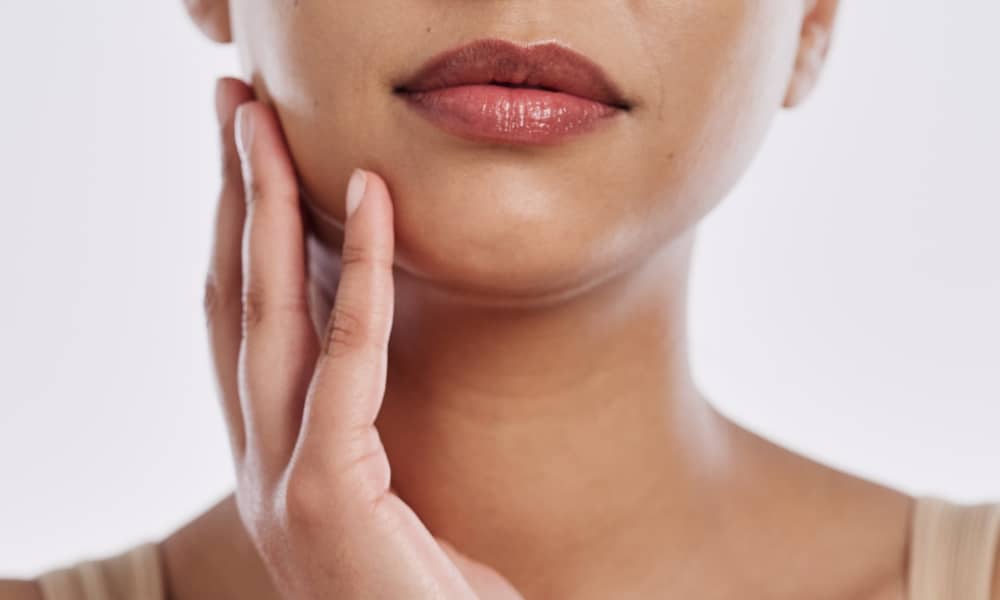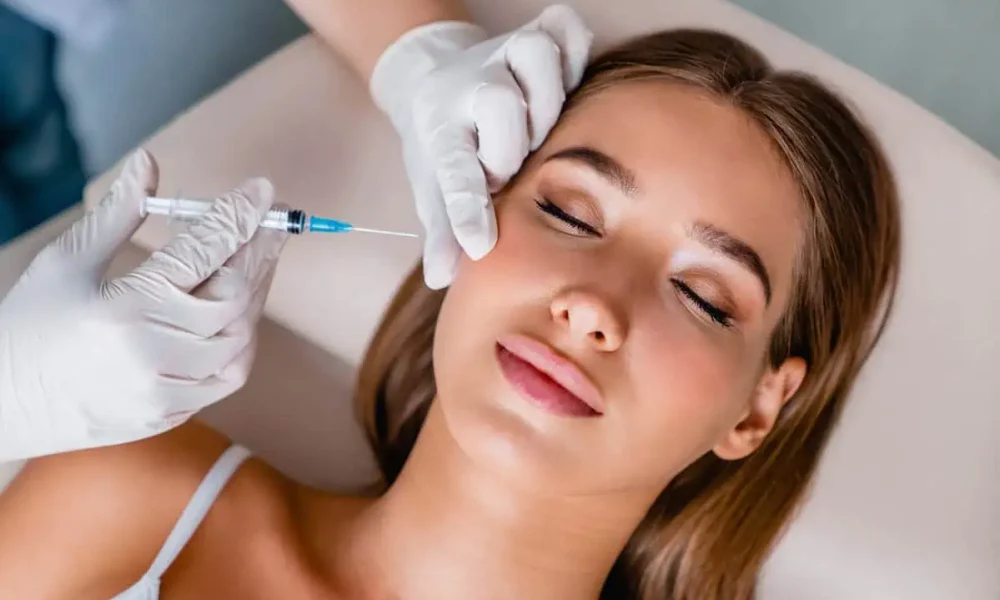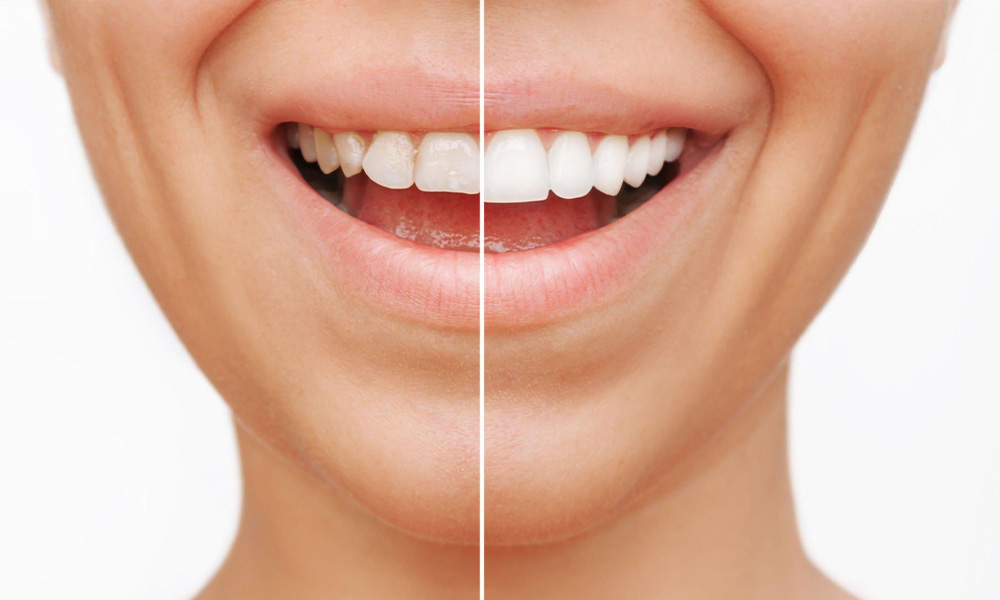Acne scars can be a persistent reminder of past breakouts, often lingering long after the acne itself has cleared. For many individuals, finding effective treatments is essential to enhancing their skin’s texture and overall appearance. This article explores the most effective acne scar treatment options available today, focusing on their success rates, influencing factors, and treatments that provide the best results with minimal downtime.
Success Rates of Various Acne Scar Treatments
Laser Treatments: High Success for Deep Scars
Laser treatments, particularly fractional CO2 lasers, are among the most effective options for addressing deep acne scars. These advanced lasers work by creating micro-injuries in the skin, stimulating collagen production, and encouraging the skin to repair itself naturally. Clinical studies indicate that laser treatments are particularly beneficial for boxcar and rolling scars, with success rates ranging from 50% to 75% improvement in scar appearance after just a few sessions. Patients often report significant improvements in skin texture, making laser treatments a top choice for those with deep-seated scarring.
Microneedling with RF: Targeted and Effective
Microneedling combined with radiofrequency (RF) is another highly effective option for acne scars, especially for individuals with varying scar types. This method utilizes fine needles to create controlled micro-injuries while delivering RF energy deeper into the skin. This combination stimulates collagen production, leading to smoother skin over time. Clinical studies reveal that microneedling with RF can reduce the appearance of scars by 40% to 70%, making it a popular choice for those seeking substantial improvements. Its versatility allows it to address different scar types, including rolling and boxcar scars, making it a favored option among dermatologists.
Chemical Peels: Effective for Surface Scarring
Chemical peels, particularly those utilizing trichloroacetic acid (TCA), are effective for treating surface acne scars and improving overall skin texture. These peels exfoliate the top layers of skin, helping to diminish the appearance of shallow scars and hyperpigmentation. The effectiveness of chemical peels can vary based on the peel’s strength and the individual’s skin type, but many patients report noticeable improvements after just a few treatments. Chemical peels are particularly advantageous for those looking for less invasive treatments that can be performed in an outpatient setting.
Pico Laser: Advanced Technology for All Skin Types
Pico laser technology represents a relatively new but highly effective treatment for acne scars. Unlike traditional lasers, Pico lasers utilize ultra-short pulses of energy to specifically target scar tissue and stimulate collagen production. This treatment is especially suitable for all skin types, including those with darker tones, and has shown improvements of up to 80% in some clinical studies. Research supports the efficacy of Pico lasers, making it an innovative option for comprehensive scar treatment. Patients appreciate the precision and minimal downtime associated with this cutting-edge technology.
Factors Influencing the Effectiveness of Acne Scar Treatments
Skin Type and Scar Type
The effectiveness of acne scar treatments often hinges on the patient’s skin type and the type of scars present. For example, laser treatments work well for deep scars but may pose risks for darker skin tones, potentially leading to hyperpigmentation if not performed carefully. Similarly, microneedling is versatile but may be more effective for rolling scars compared to ice pick scars. Understanding these nuances is essential for selecting the most appropriate and effective treatment option.
Consistency and Number of Sessions
The number of treatment sessions and the consistency of care significantly impact the success of acne scar treatments. While some methods, like chemical peels, may yield improvements after just one session, others, such as laser treatments, often require multiple sessions to achieve optimal results. Patients committed to following through with the entire treatment plan are more likely to see substantial, long-lasting improvements in their skin texture and overall appearance.
Aftercare and Skin Maintenance
Post-treatment care plays a crucial role in maximizing the effectiveness of acne scar treatments. Proper aftercare, including sun protection, moisturizing, and avoiding irritants, can enhance results and prevent complications. Neglecting aftercare can lead to delayed healing and diminished outcomes, highlighting the importance of adhering closely to a dermatologist’s recommendations.
Long-Lasting Improvements in Skin Texture
Collagen Stimulation for Sustained Results
One of the critical factors contributing to the long-term effectiveness of acne scar treatments is the stimulation of collagen production. Treatments like microneedling and fractional CO2 lasers work by encouraging the skin to produce more collagen, helping to fill in scars and improve texture over time. As collagen builds, patients often experience sustained improvements well after their treatment sessions are completed, resulting in healthier, more resilient skin.
Combination Treatments for Enhanced Outcomes
Combining different treatments can enhance long-term effectiveness of acne scar interventions. For example, pairing laser treatments with chemical peels or microneedling can address both deep and surface scars, leading to more comprehensive improvements. This multi-faceted approach is particularly beneficial for patients with complex scarring patterns, as it offers superior results compared to a single treatment modality.
In conclusion, the effectiveness of acne scar treatment is influenced by various factors, including treatment type, skin characteristics, and aftercare. Advanced options like laser treatments, microneedling with RF, and chemical peels can provide noticeable, long-lasting improvements in skin texture. By selecting the right treatment and adhering to proper aftercare protocols, individuals can significantly reduce the appearance of acne scars and achieve smoother, more radiant skin. Investing time in understanding these treatment options will empower patients to make informed decisions and enhance their skincare journeys.




